
Making Space at the Table
NAP Contemporary’s group show, The Elephant Table, platforms six artists and voices—creating chaos, connection and conversation.
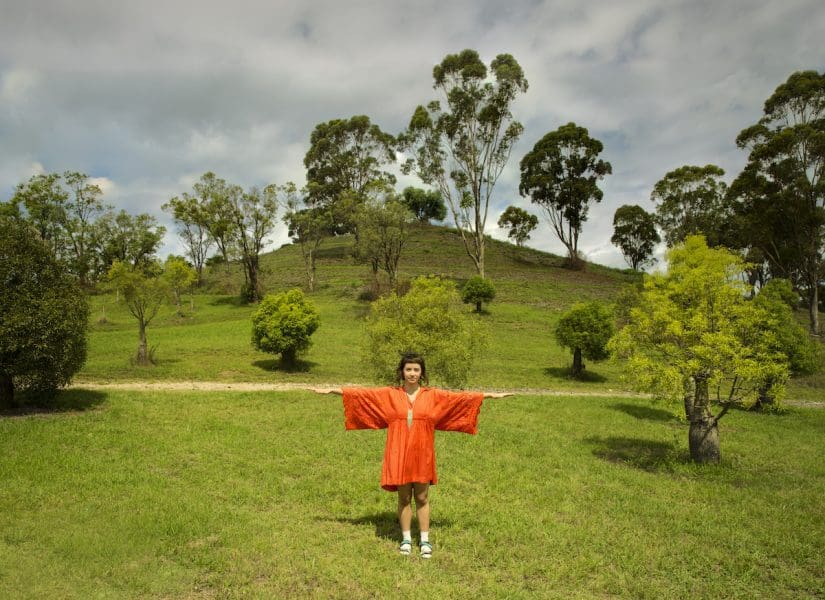

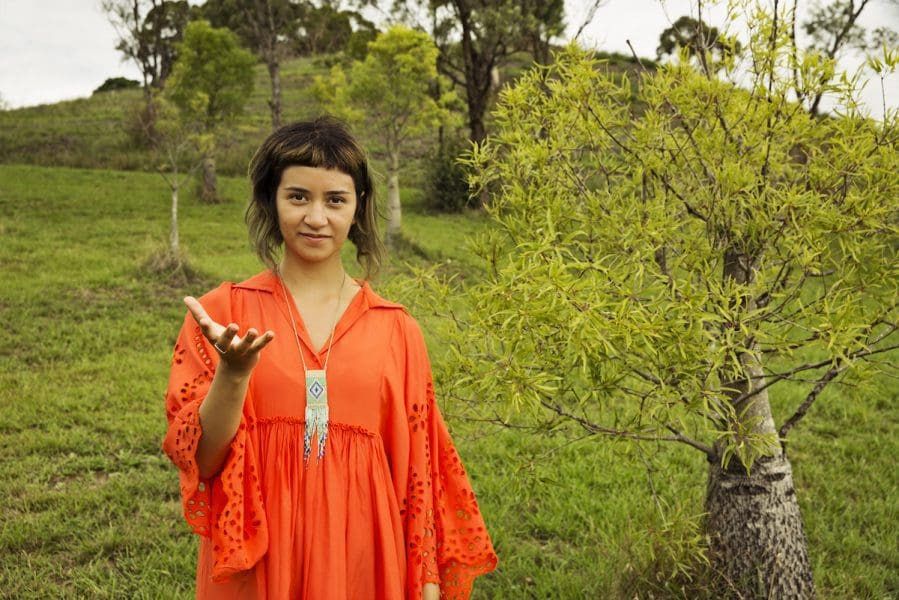

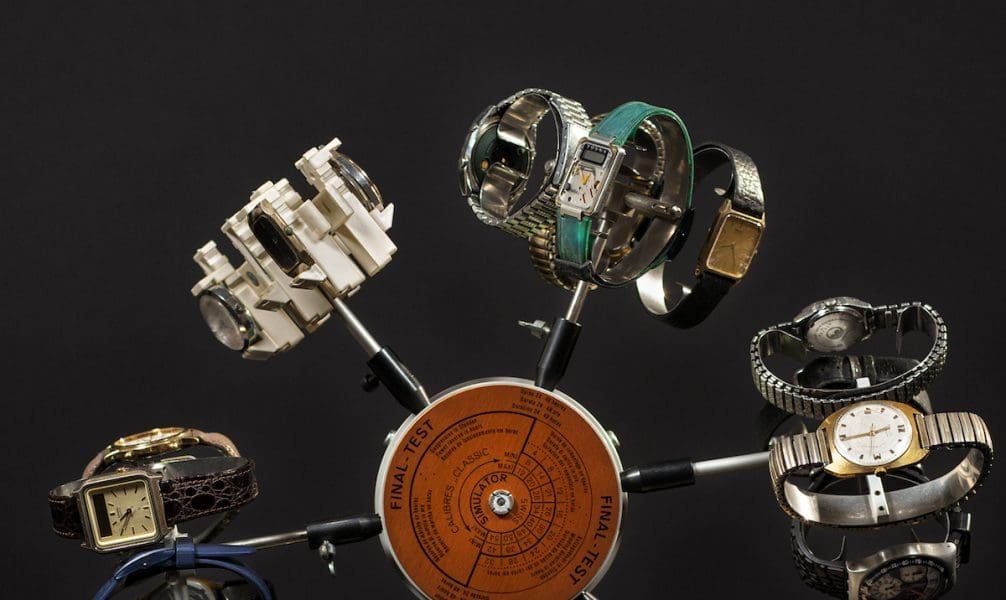
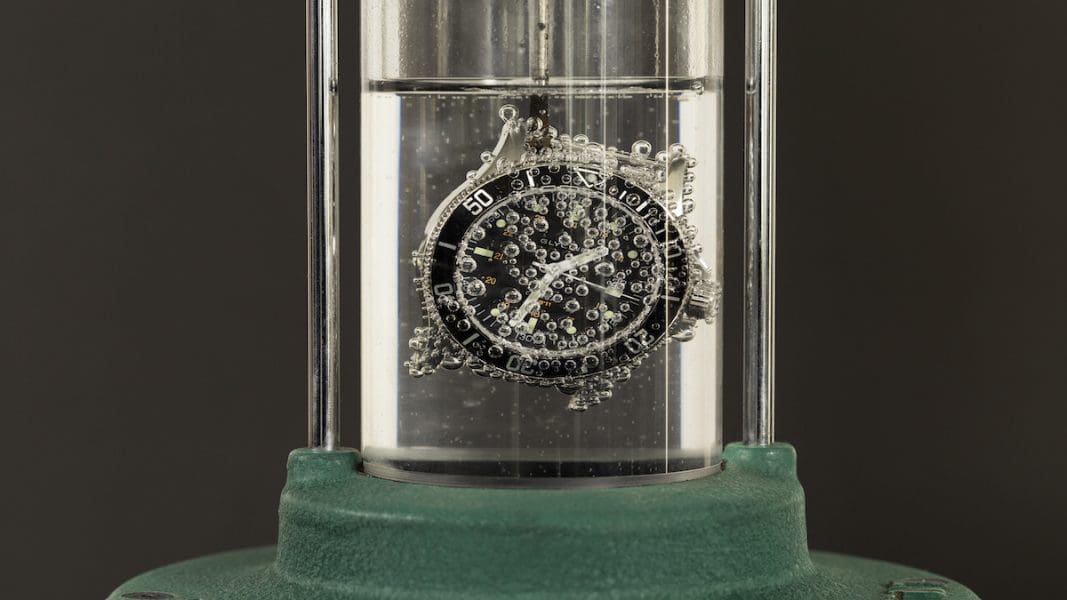
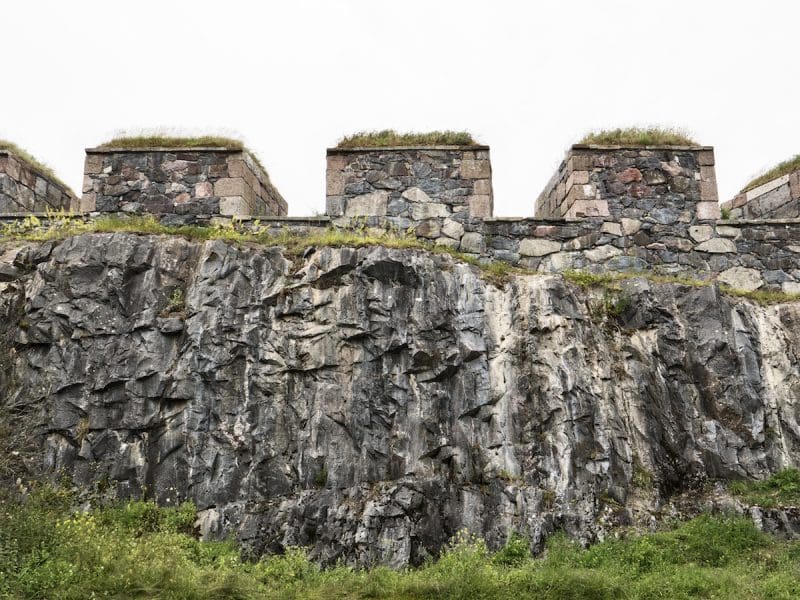

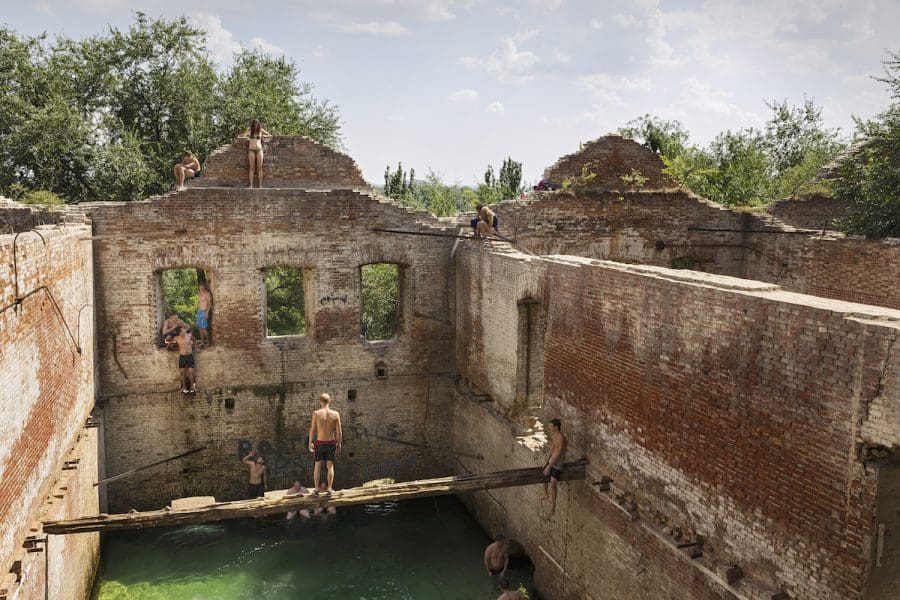
Territory, geography, architecture, time. In their mid-career survey exhibition, Architecture Makes Us, Sonia Leber and David Chesworth wrangle with these structures, formed by humans, but which cannot fail to shape us in turn.
Featuring six of the duo’s video works, Architecture Makes Us includes a major new commission, Geography Becomes Territory Becomes, 2018. This eight-channel video was filmed around Suomenlinna, Finland, an island dominated by an 18th century fortress. This stronghold is hewn from the very stone on which it sits: geography turned inside out, dragged on top of itself, built up into a wall. The land turned into a device for protecting the land.
Designed and constructed as a point from which to scan the ocean for invaders, in Geography Becomes Territory Becomes our gaze is turned back onto the fortress itself. The camera’s passive eye drifts over stone walls, parapets, stairwells. On another screen, we peer out across a chilly-looking sea, towards a landmass framed on the horizon. A cannon waits in a slit window, ready to take aim. The stillness is unsettled by the rattling of stones. as in an earthquake. A tingling sound score rises. This fortress suddenly seems precarious; something is about to shift.
It’s impossible to consider this work without considering the island on which we currently stand – the borders of our own territories built up and up as we hasten to protect what we have claimed as ours – as well as borders springing up around Europe, Britain, between the US and Mexico. In Geography Becomes Territory Becomes, a cliff face bears the right-angled scars of quarrying; close up, its surface is smoothed by weather and yellow-green lichen. The stone structures are now topped by grass. The island is reclaiming its own territory.
In the 2017 project Universal Power House, territory and geography expand from the stronghold to the globe; switch from the military to the mind. This work takes as its starting point a striking building in Campbelltown, Sydney: the former headquarters of the Universal Power World Society, built in the late 1970s. Composed of concentric circles (inspired by Saturn’s rings) and perched on a hilltop, the building was intended to be the nexus of a global movement – the first of many branches that would spread a message of peace, love, truth, and a better life on Earth.
In the gallery, the spaceship-like building is reproduced in a Perspex architectural model, lit with red and blue LED lights that subtly pulse like breath. A video work, Universal Power House: In the Near Future, draws directly on the Universal Power manifesto, which is an assemblage of New Age ideas and disconcerting predictions.
“The coming Universal Man and Woman will not know fear,” a performer tells us earnestly, standing beside a futuristic-looking playground. “In the near future, people will understand this more fully.” The spinning disk of a merry-go-round fills the screen. Another performer perches in the web of a jungle gym. The soundtrack is a jovial elevator dance party. We are urged to “act as Natural as possible.”
Light-hearted though this video is, and peppered with impromptu dance routines from its performers, there’s a disquieting undertone. The territory sought here is not only geographic but ideological, a globalised strategic plan.
Throughout this exhibition, the world is constantly being scanned, surveilled, claimed, re-claimed, divided, mapped, and redefined. Whether represented by a stone fortress, by drone surveillance, or the quantification of time through wristwatches, Leber and Chesworth examine our human efforts to define territory. Delicately, and often with humour, they unpick the structures we’ve built; the architecture that has made us.
Architecture Makes Us
Sonia Leber and David Chesworth
Centre for Contemporary Photography (CCP)
27 July – 9 September